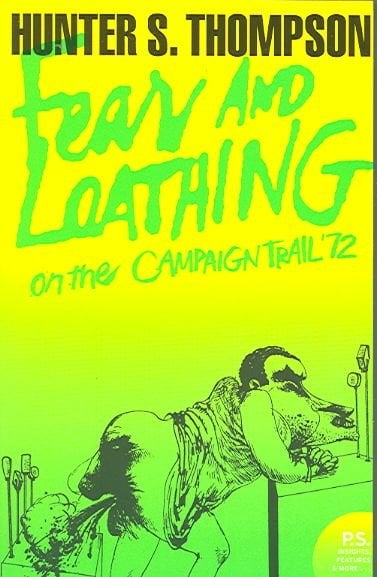

Rather, the thesis aims to see if Gramsci’s theory can give a new way of understanding the novel. The aim of the thesis is not to show whether or not Thompson wrote Fear and Loathing in Las Vegas as a manifestation of Gramsci’s theory.

So this thesis will present how these aspects of American society are described and analyze them through Gramsci’s theory on cultural hegemony. Thompsons Fear and Loathing in Las Vegas: A Savage Journey to the Heart of the American Dream through the lens of Antonio. Shit, look at him He doesn’t look like you or me, right That’s because he’s a foreigner. This cult classic of gonzo journalism is the best chronicle of drug-soaked, addle-brained, rollicking good times ever committed to the printed page. I blundered on: I want you to understand that this man at the wheel is my attorney He’s not just some dingbat I found on the Strip. In his description of American society, Duke especially focuses on the rule of law, the media, the American Dream and the end of the hippie counter culture. The boy’s face was a mask of pure fear and bewilderment. This means that the description of American society found in Fear and Loathing in Las Vegas is not an objective account from Hunter S. This thesis treats Fear and Loathing in Las Vegas as a fictional work of literature and the protagonist, Raoul Duke, as a fictional character. More specifically, this thesis focuses on Duke’s description of American society, and how this description can be analyzed through Gramsci’s theoretical framework. The book is a roman à clef, rooted in autobiographical incidents.

Thompson’s Fear and Loathing in Las Vegas: A Savage Journey to the Heart of the American Dream through the lens of Antonio Gramsci’s theory on cultural hegemony. Fear and Loathing in Las Vegas: A Savage Journey to the Heart of the American Dream is a 1971 novel in the gonzo journalism style by Hunter S.


 0 kommentar(er)
0 kommentar(er)
